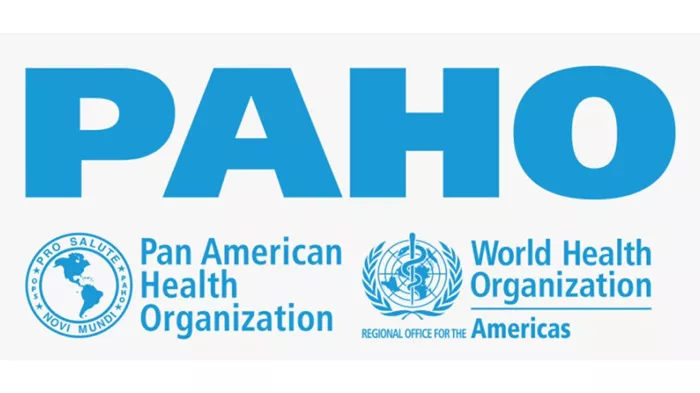Walking has long been recognized as a simple yet powerful form of exercise, with roots tracing back to Hippocrates, who called it “the best medicine for humans” over 2,400 years ago. Modern science is now catching up with this ancient wisdom, confirming that walking plays a crucial role in promoting health and extending lifespan.
Recent studies show that people who walk more than 8,000 steps per day reduce their risk of premature death by approximately 50% compared to those who walk fewer than 5,000 steps—a threshold often used to define a sedentary lifestyle. However, benefits tend to plateau beyond 8,000 steps, challenging the widely held belief that walking 10,000 steps daily is a magic number for health. In fact, the 10,000-step benchmark originated not from scientific research but as a marketing strategy for the first commercial pedometer, the “manpo-kei,” in 1960s Japan—its name literally means “10,000 steps meter.”
Beyond step count, recent research has focused on the importance of walking speed. Evidence increasingly shows that walking at a brisk pace—more than 100 steps per minute, roughly 3 to 4 miles per hour—provides additional health benefits, especially for aging and cardiovascular health. For instance, replacing 14 minutes of slow walking with 7 minutes of brisk walking daily can lower the incidence of heart disease by 14%.
Analysis of data from over 450,000 adults in the UK, using genetic markers to estimate biological age, reveals that individuals who consistently walk briskly have a biological age up to 16 years younger than those who walk slowly. Moreover, it is never too late to start; simulations indicate that even a 60-year-old sedentary individual can extend their life expectancy by about one year simply by adding 10 minutes of brisk walking to their daily routine.
Walking speed is also a powerful predictor of future health outcomes. It outperforms traditional risk indicators such as blood pressure and cholesterol in forecasting the likelihood of death from heart disease. In clinical practice, one of the most valuable questions doctors might ask patients is, “How fast do you walk compared to others?”
However, the benefits of brisk walking do not extend equally across all health conditions. For example, while overall walking volume is linked to lower risks of 13 different cancers, brisk walking does not appear to offer additional cancer prevention benefits. Even low-intensity walking breaks that interrupt prolonged sitting can have significant positive effects on metabolism.
Walking also benefits brain function by enhancing creativity and memory. The neural systems supporting memory and imagination are activated during physical movement. Many people use walking as a way to solve problems and generate insights, with walking in natural environments particularly boosting mental health and cognitive performance. “Nature prescriptions” that encourage walking in green spaces are being used in clinical settings to improve both physical and psychological well-being.
Physical inactivity is a leading driver of chronic diseases like diabetes and heart disease worldwide, in both industrialized and developing countries. It is estimated that reducing inactivity could prevent 3.9 million premature deaths annually. Despite this, healthcare systems largely focus on treatment rather than prevention. The cost of developing and bringing a new drug to market averages $1 billion, and while these medicines generate substantial profits, investment in public health initiatives to promote walking and physical activity remains limited.
Redirecting even a small portion of healthcare spending towards encouraging walking and physical activity could reduce the demand for complex medical treatments and improve population health outcomes.
In conclusion, while the search for a miracle “anti-aging” pill continues, the simplest and most effective remedy may be to simply look down and take a step.
Related Topics


































